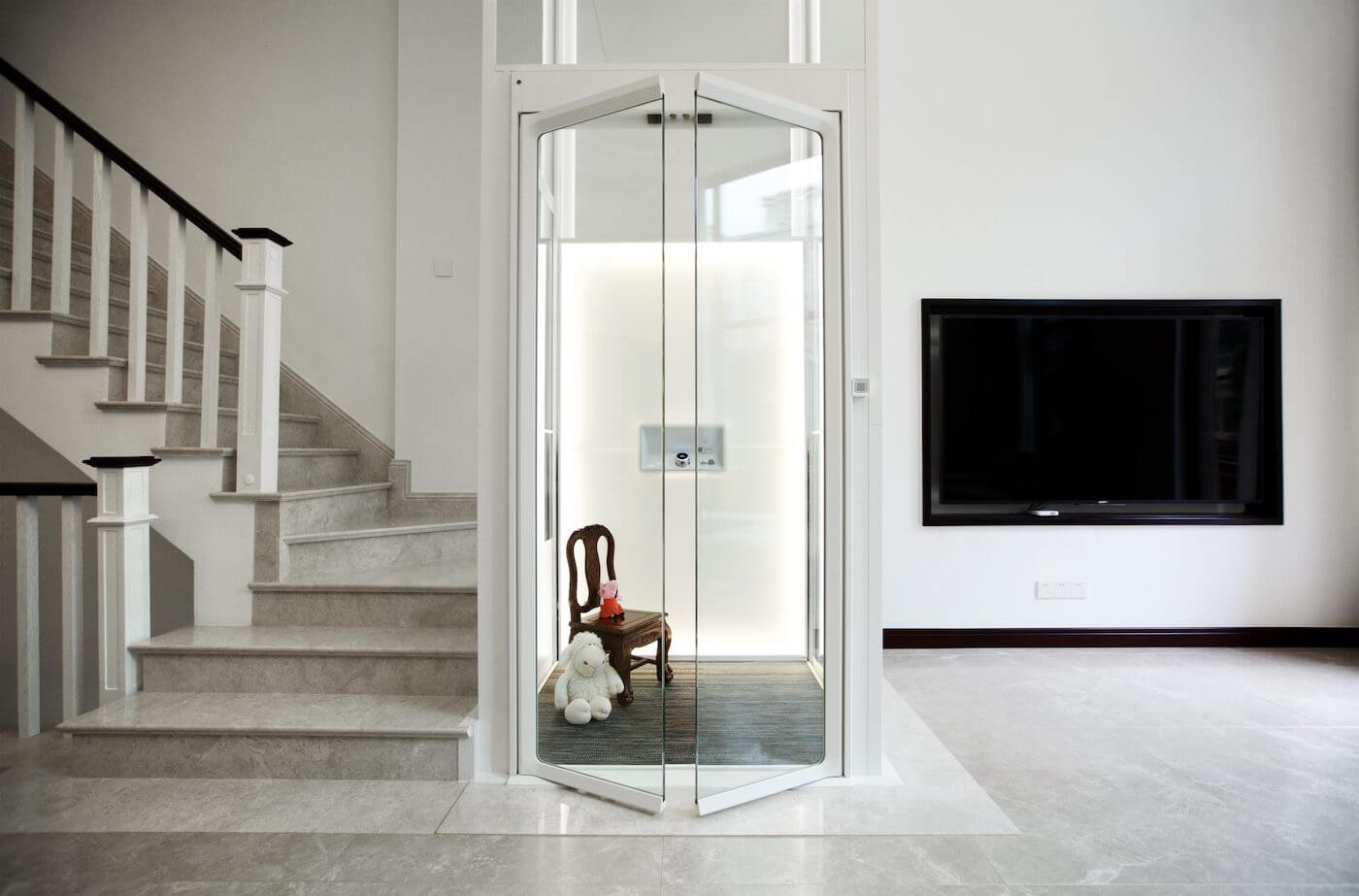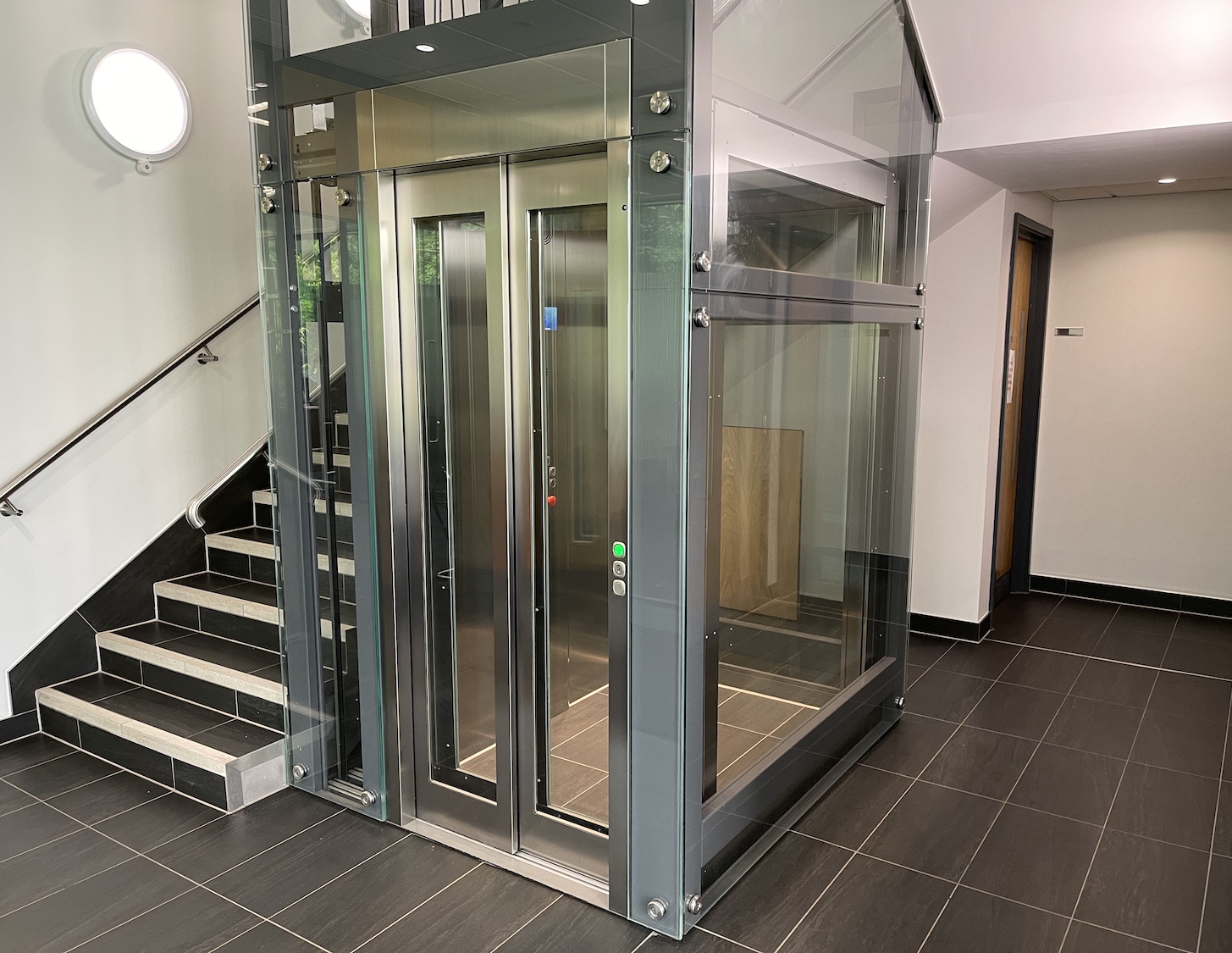Unraveling the Complexities of Lift Modern Technology: Troubleshooting Common Problems Throughout Lift Models
In the realm of lift technology, a myriad of details frequently exist under the surface of what shows up to be a straightforward system. From sluggish procedure problems to strange sounds emanating from the machinery, fixing usual troubles across various lift designs demands an eager eye for information and a systematic technique - repair and maintenance services. As we get started on this trip to unravel the complexities that can afflict these necessary tools, a much deeper understanding of the internal operations and potential pitfalls of lift technology is critical. Keep tuned as we browse through the labyrinth of lift breakdowns, looking for solutions to the enigmatic problems that can disrupt the smooth functioning of these essential apparatuses.
Identifying Slow Procedure Issues

Next, inspect the electric connections to make sure that all parts are effectively attached and operating. Faulty wiring or loosened links can result in slow procedure or total breakdown of the lift system. Additionally, it is vital to test the control system to establish if the problem hinges on the programs or sensors.
If the aesthetic inspection and electric checks do not reveal the origin of the slow-moving operation, additional diagnostic tests might be essential. These might include pressure tests for hydraulic systems, voltage examinations for electric elements, or running diagnostic software for the control system. repair and maintenance services. By following an organized technique to fixing slow procedure concerns, you can effectively solve the issue and determine, ensuring the lift runs safely and effectively
Attending To Odd Noises
To properly fix lift technology for odd sounds, a complete evaluation of the lift parts complying with the identification of sluggish procedure issues is critical. Unusual noises in lifts can be a measure of underlying problems that call for prompt focus to guarantee the safety and security and dependability of the system. Usual sources of weird noises in lifts consist of worn-out or misaligned pulleys, harmed electric motor bearings, broken or loose suspension ropes, and malfunctioning control systems. When addressing unusual sounds, it is vital to perform a systematic examination of these components to determine the exact source of the sound accurately. This might entail looking for any type of noticeable signs of deterioration, examining the functionality of motor bearings, tightening up loosened connections, and oiling relocating parts as needed.
Additionally, it is important to describe the lift maker's upkeep guidelines and seek support from qualified professionals when managing intricate lift parts or strange troubleshooting treatments. By without delay resolving and addressing odd sounds underlying problems, lift operators can guarantee the optimal performance and safety and security of the lift system for guests and drivers.
Handling Faulty Control Problems
A reliable technique for dealing with malfunctioning control issues in lift technology involves carrying out a thorough analysis of the control system's parts and functionality. When coming across issues with lift controls, it is critical to initial look for any type of loosened links, damaged wiring, or malfunctioning sensing units. Confirming that all control switches, displays, and keypads are working appropriately is likewise crucial in identifying the trouble accurately.
If no visible concerns appear, professionals ought to continue to examine the control board for any kind of signs of water corrosion, damage, or overheating, as these can usually lead to manage malfunctions. Furthermore, resetting the control system or updating the software might assist fix certain problems or pests triggering the problem.

Taking On Hydraulic System Malfunctions
The efficiency of hydraulic systems in lifts counts heavily on the appropriate performance of numerous components within the system. When hydraulic systems malfunction in lifts, it can lead to functional disturbances and safety worries.
An additional frequent hydraulic system breakdown is a loss of pressure, which can result from air going into the system, liquid contamination, or pump inadequacies. Technicians can address this by bleeding the system to get rid of air, changing infected fluid, or servicing the pump as needed. Additionally, irregularities in hydraulic fluid degrees or uncommon sounds throughout lift procedure might suggest underlying system breakdowns that require instant attention to protect against more damages. Routine upkeep and timely troubleshooting of hydraulic system issues are critical to guaranteeing the efficient and safe operation of lift modern technology.
Dealing With Electric Part Failures
Dealing with electrical part failings in lift innovation necessitates a systematic strategy to identifying and fixing issues to maintain functional functionality and security requirements. When experiencing electric issues in lift systems, it is essential to first perform a complete evaluation of the electrical elements, including control board, electrical wiring, sensing disabled platform lifts prices uk units, and circuit card. Any indicators of damage, deterioration, loose links, or charred components must be carefully kept in mind and addressed without delay to avoid further issues.
When it comes to electric component failures, it is essential to comply with manufacturer guidelines for repairing and repair work treatments. This may include testing the elements using multimeters, oscilloscopes, or various other diagnostic devices to determine the exact resource of the breakdown. Additionally, having a thorough understanding of the lift's electrical schematics and electrical wiring layouts can aid in determining and fixing issues effectively.
Normal upkeep and evaluation routines can aid stop electrical failures by lift repair near me identifying potential problems beforehand. Proper training for lift specialists on electric systems and parts is additionally vital to guarantee precise medical diagnosis and reliable resolution of electric troubles, inevitably contributing to the overall safety and dependability of lift operations.
Final Thought
Finally, troubleshooting lift technology requires a methodical method to determine and attend to typical issues such as sluggish operation, unusual noises, defective controls, hydraulic system malfunctions, and electrical component failures. By understanding the intricacies of lift modern technology and adhering to correct fixing steps, service technicians can properly settle concerns and make sure the efficient and safe procedure of lifts throughout different models.
To effectively troubleshoot lift modern technology for odd noises, an extensive evaluation of the lift components adhering to the recognition of slow procedure problems is vital. Unusual sounds in lifts can be london lift company a sign of underlying problems that require punctual interest to ensure the safety and integrity of the system.An effective technique for resolving defective control issues in lift technology involves conducting a detailed evaluation of the control system's parts and performance.The effectiveness of hydraulic systems in lifts relies greatly on the proper performance of different parts within the system. repair and maintenance services. When coming across electrical issues in lift systems, it is essential to initial conduct a detailed assessment of the electric elements, consisting of control panels, wiring, sensing units, and circuit boards